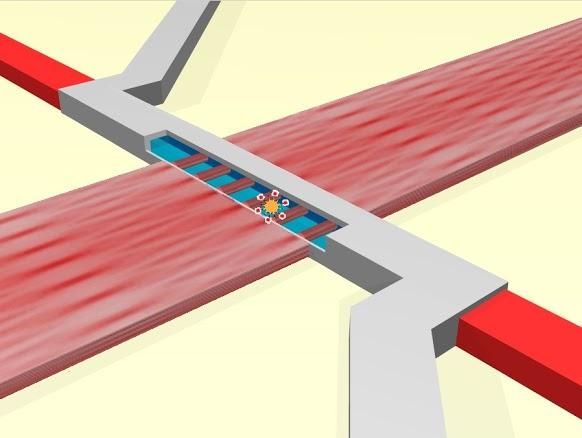Evidence-Based Systems Needed to Reduce Unnecessary Imaging Tests
Advertisement
Imaging has been identified as one of the key drivers of increased healthcare costs. A new study from Brigham and Women’s Hospital and Harvard Medical School has found significant variation in the use of head computed tomography (CT), even within a single emergency department. Strategies to reduce such variation in head CT use may reduce cost and improve quality of care. The study appears in The American Journal of Medicine.
A recent measure approved by the Centers for Medicare and Medicaid is assessing variations in the use of head CT in patients with atraumatic headaches between hospitals nationwide. Researchers hypothesized that there is a significant variation in physician head CT use even within a single facility. “Even after accounting for a number of factors associated with ordering behavior, we found that greater than 2-fold variability in head CT use still persists,” explains lead author Luciano M. Prevedello, MD, Center for Evidence-Based Imaging and Department of Radiology, Brigham and Women’s Hospital, and Harvard Medical School.
The study looked at whether a head CT was performed in 55,281 patient visits to the adult-only emergency department at a large urban academic hospital throughout 2009. Patient variables included patient age, gender, severity of the emergency, emergency department location, and disease categorization. Physician-specific variables included years in practice and gender.
Overall, 8.9% of the visits generated head CT examinations. Rates per physician ranged from 4.4% to 16.9%. Patients receiving head CT were more likely to be male, older, and in a more urgent emergency category. Patients with head trauma were more likely to obtain a CT, followed by patients with stroke, headache, and other types of trauma. Contrary to earlier studies, the researchers found no significant correlation between physician age or gender and CT ordering.
“The variability may have been due to physician’s practice style, knowledge gaps, risk tolerance, or other factors,” says Dr. Prevedello. “We are currently investigating the impact of real-time evidence-based clinical decision support (embedded in the electronic health record) on variation in test ordering behavior of physicians to improve quality of care and improve appropriateness of testing.”
Original publication
L.M. Prevedello, A.S. Raja, R.D. Zane, et al.; "Variation in Use of Head Computed Tomography by Emergency Physicians,”; The American Journal of Medicine, Volume 125, Issue 4 (April 2012)

















































